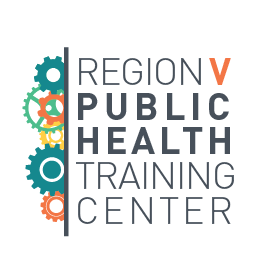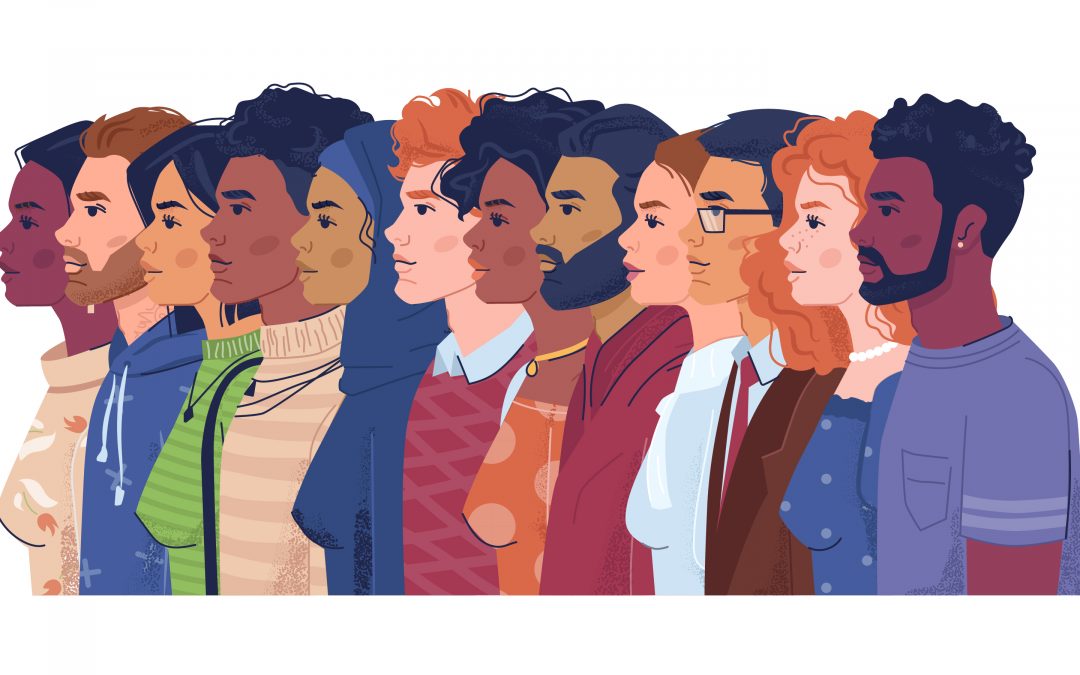By Andrew Wapner, DO, MPH, FAAP, FACOP, The Ohio State University College of Public Health
In response to the murders of George Floyd, Ahmaud Arbery, and Breonna Taylor, as well as the increasingly apparent disparities in deaths in communities of color during the COVID-19 pandemic, cities and their public health districts began declaring that racism was not just a historical problem but a continuing structural consistency causing many of the disparities in health and opportunity present on our communities today. In addition to this acknowledgment, and to try to proactively change those disparate structures, organizations have increasingly focused resources on incorporating diversity, equity, and inclusion (DEI) activities into their processes.
DEI in Public Health and Higher Education
Though DEI work began in the 1960s as part of the Civil Rights Movement and with a focus on tolerance, the current principle of DEI is to build organizations and structures that are inclusive and equitable—and to hold them accountable for both. Higher education is one such sector that has been actively increasing its investment in and commitment to DEI, not just to provide an inclusive and equitable environment for its employees and faculty, but also to close the education gaps stemming from historical and ongoing systemic racism and other structural barriers. Started in 1970, The Ohio State University has one of the oldest offices of diversity and inclusion in the country, and the OSU College of Public Health reflects this history with its own commitment to developing a diverse and inclusive current and future public health workforce. Ohio also has more city, county and public health jurisdictions that have made formal declarations that racism is a public health problem in the country, behind only California.
Given Ohio’s and OSU’s commitment to anti-racism DEI, and the continued self-reported need for DEI training in the public health workforce, Ohio’s public health workforce should be looking at a brighter future, one that holds promise to impact some of the nation’s worst health outcomes. Yet, Ohio, as are an increasing number of states, is seeing an aggressive push from state legislatures to take a broad swipe at the ability to create a workforce with training in diversity, equity, tolerance and inclusion.
Legislation and the Public Health Workforce
Bills focusing on sweeping changes in higher education will impact who, how, and what is taught in state-funded higher education institutions, potentially impacting nearly 500,000 students in Ohio alone (not including the potential impact on private education, depending on the legislative language). More than 30 of these bills have been introduced in 19 states, many creating significant governmental oversight on faculty, potentially influencing not just what can be taught (some bills specifically restrict education on climate change, for example) but also on the makeup of both the faculty and students. What does this mean for an already-weakened public health system?
While the short and long-term ramifications to the public health workforce are difficult to predict—after all, this type of legislation is rather unprecedented in higher education—it is important to consider how legislation like this can both subtly and directly affect the public health pipeline. Creating a public health workforce that reflects the community is considered critical in providing meaningful public health services, and ensuring a diverse pipeline of future public health providers is a key component of meeting that expectation. These efforts are already causing many academic institutions to pause initiatives to improve DEI on their campuses, and students are filling up legislative chambers to voice their dissent. Even if many of these bills fail, it’s hard not to consider that students, if given the choice, will seek their public health education in environments that are not openly hostile to DEI-grounded education and academic culture. While public health graduate program enrollment saw significant rises due to the pandemic, the workforce has suffered continued contraction, with trends pointing to a potential loss of half the governmental public health workforce by 2025.
Academic Public Health’s Continued Role in Developing the Workforce
Public health practitioners are no strangers to the importance of policy as a tool to change the systems and environments we live, learn, work, play and pray in. But it is often hard to see what we can do in these times when much of the workforce is still reeling from the pandemic and its impact on the mental and physical health of workers across the country. Yet, as is often true in public health, we must rely on the relationships we have, and can build, within our communities. We can develop strong ties with our university partners through academic health department agreements to give students, faculty and staff opportunities to experience diversity, equity and inclusion directly in our communities. Academia can work more closely with our public health and healthcare systems (including our academic health centers), our non-profit organizations, and the network of social service organizations to bring our combined resources to bear to improve the opportunities for residents of all ages to join a local public health workforce through novel approaches to training through certificates, public health service programs and other non-traditional approaches to education. And we can continue to raise our collective voices about the shared reward of justice, tolerance and equity.
The existing workforce cannot afford even a short pause in the pipeline, and if anything, needs a rapid infusion of a diverse group of practitioners ready to serve in their communities. Academia may be silenced within our own ivory walls, but opportunities exist today to develop an engaged, educated, and well-trained public health citizenry.
To learn more, check out this resource:

